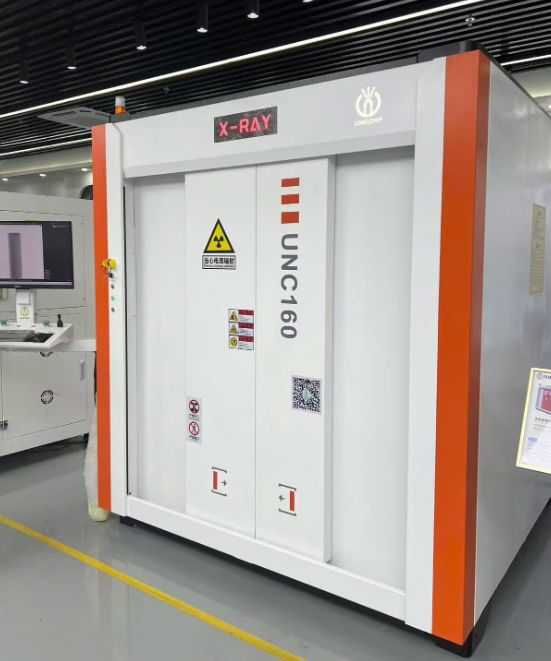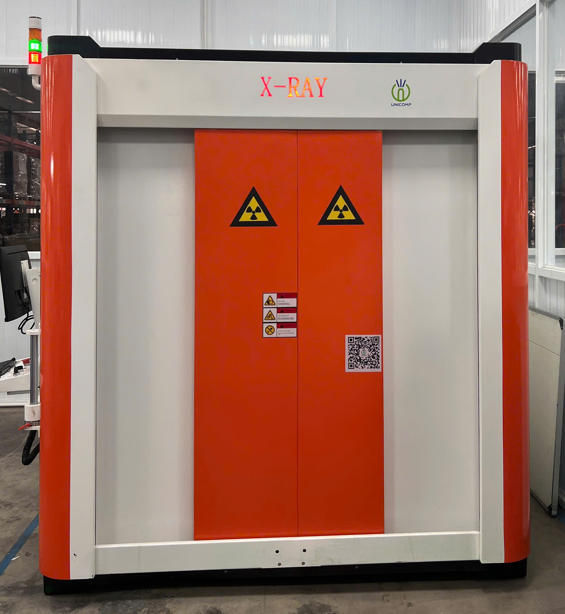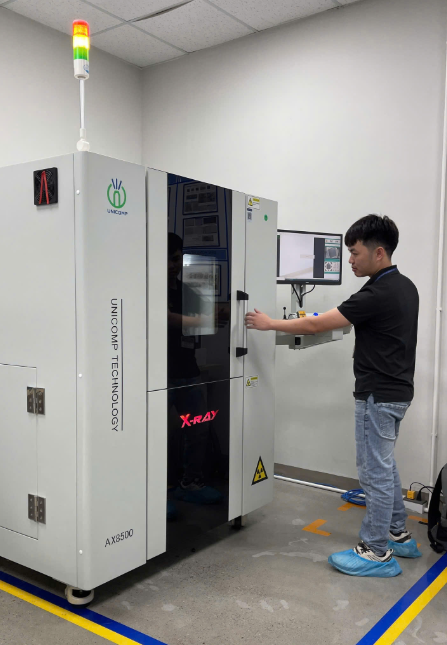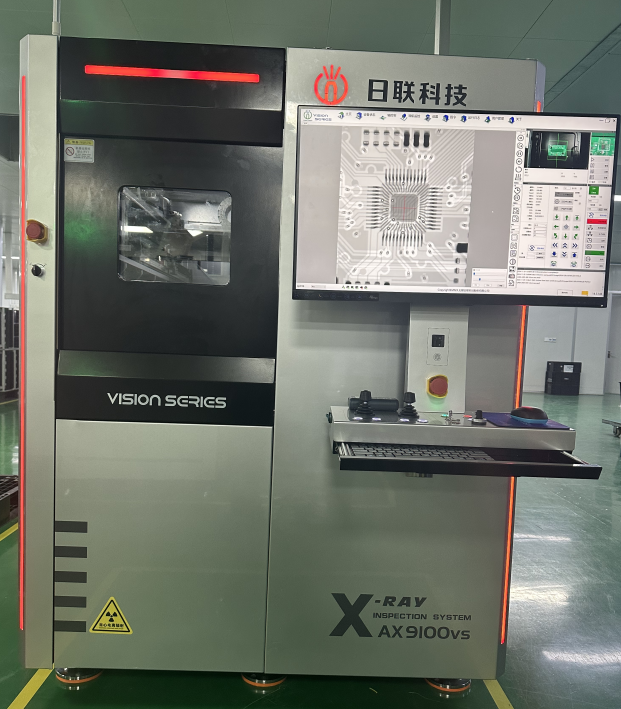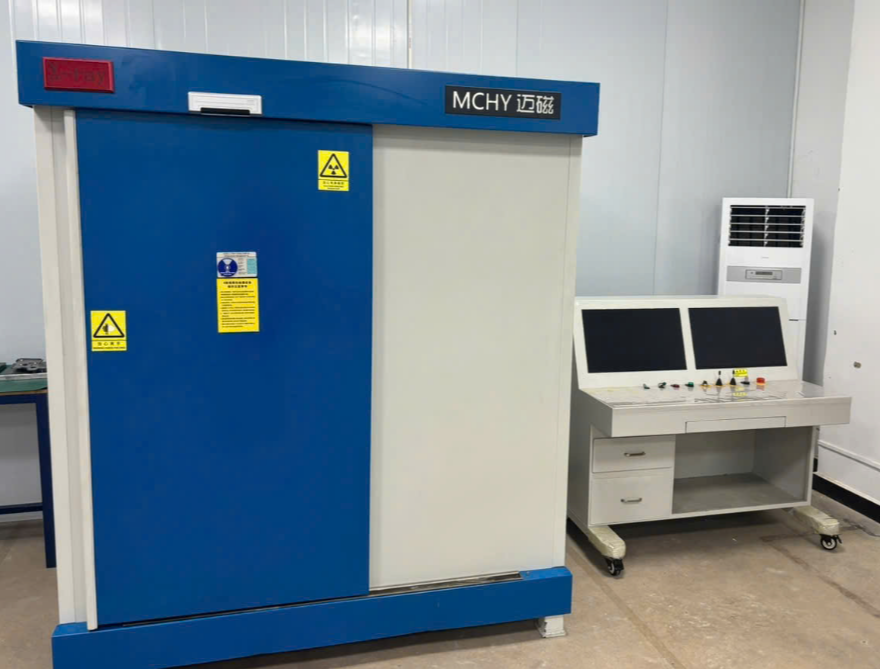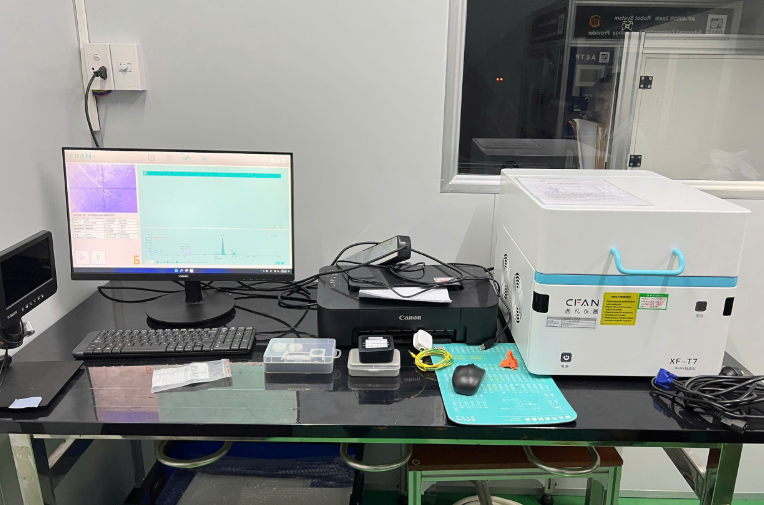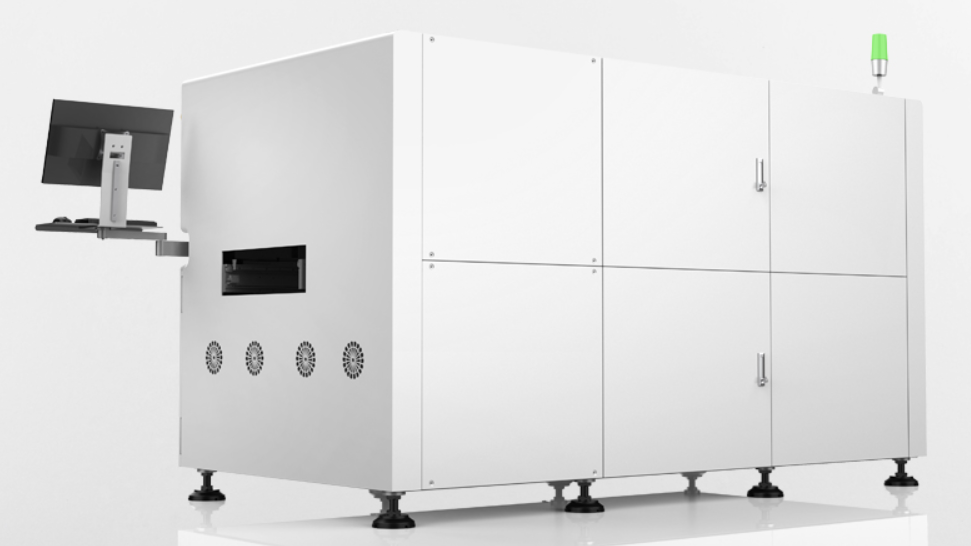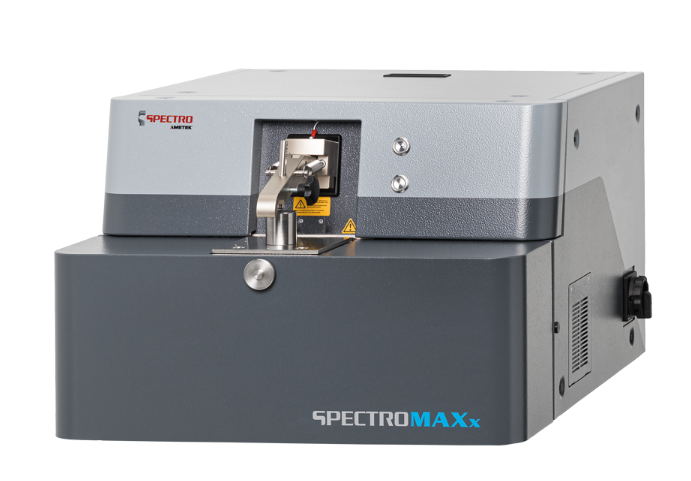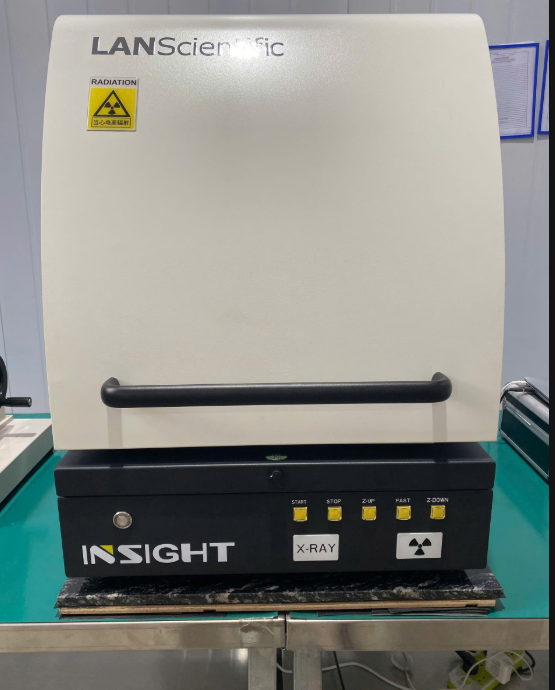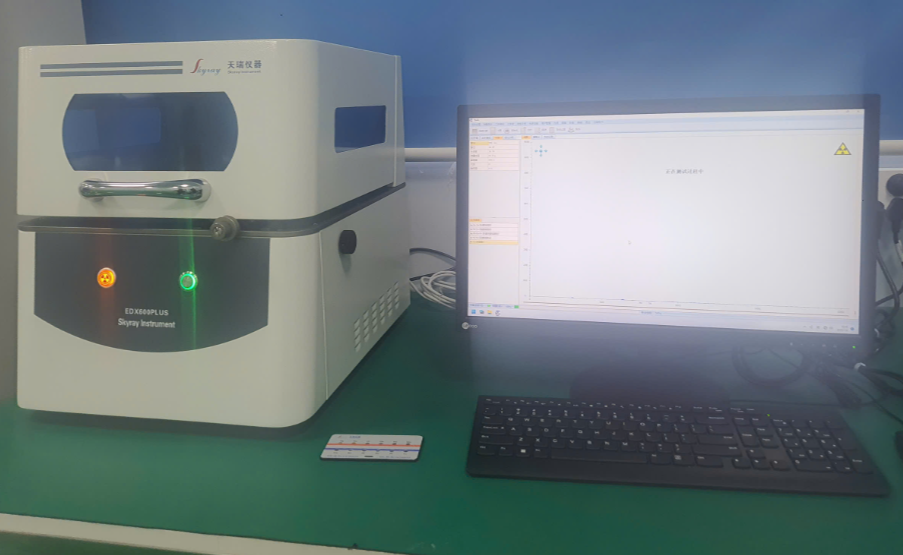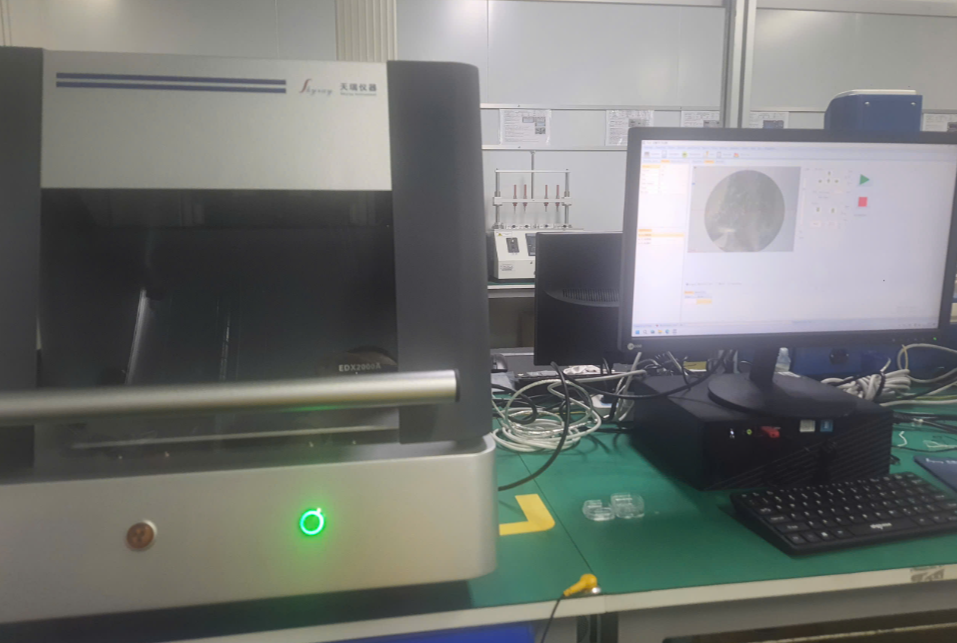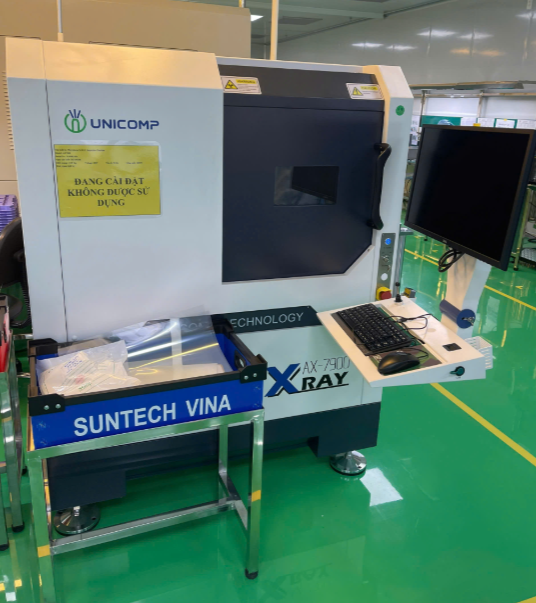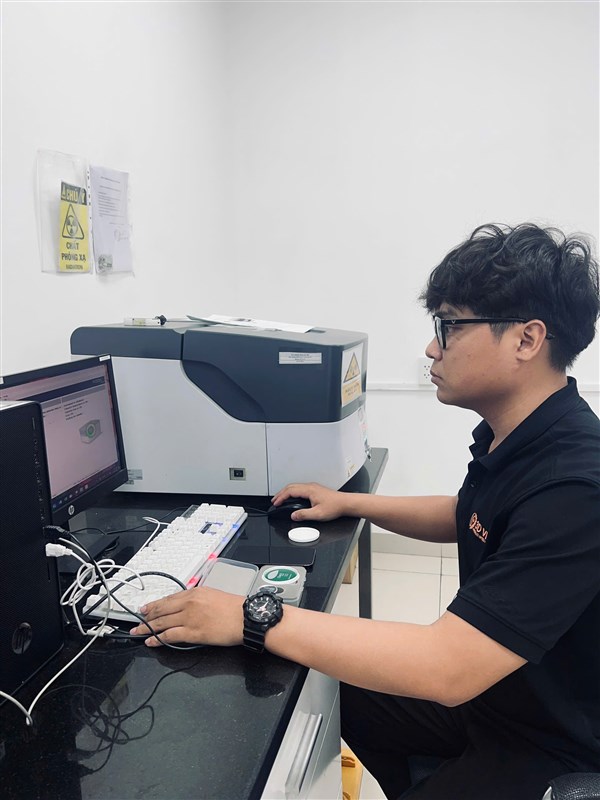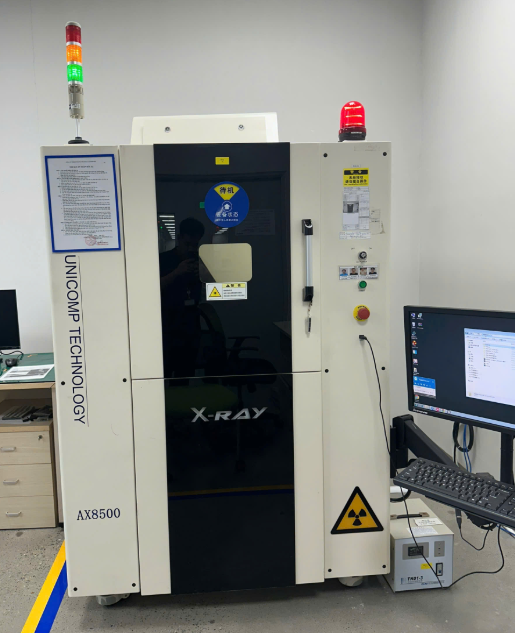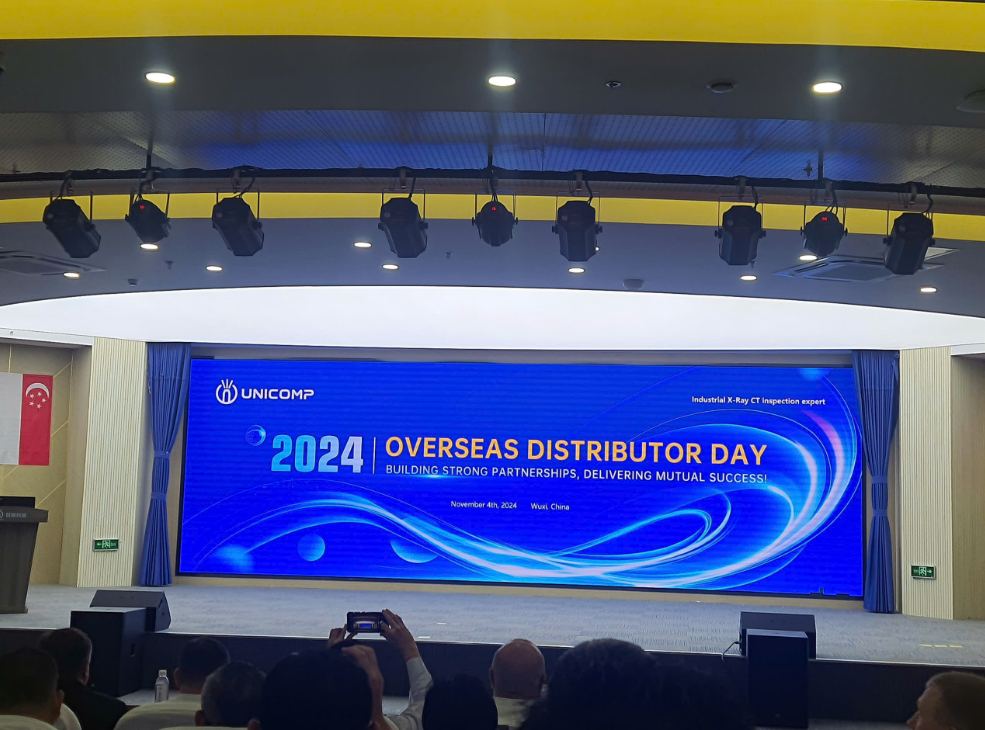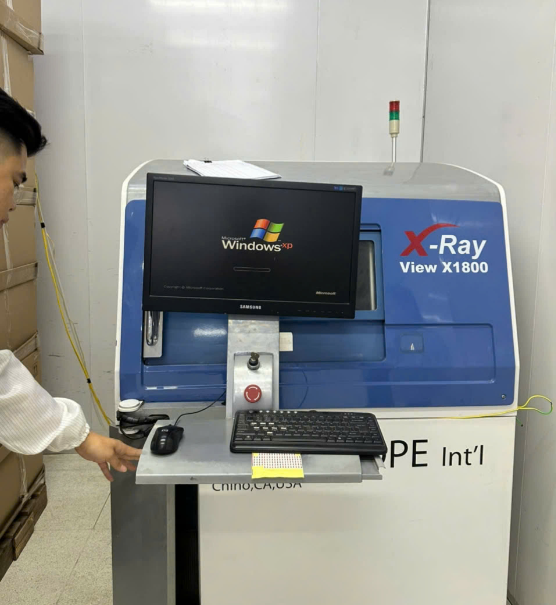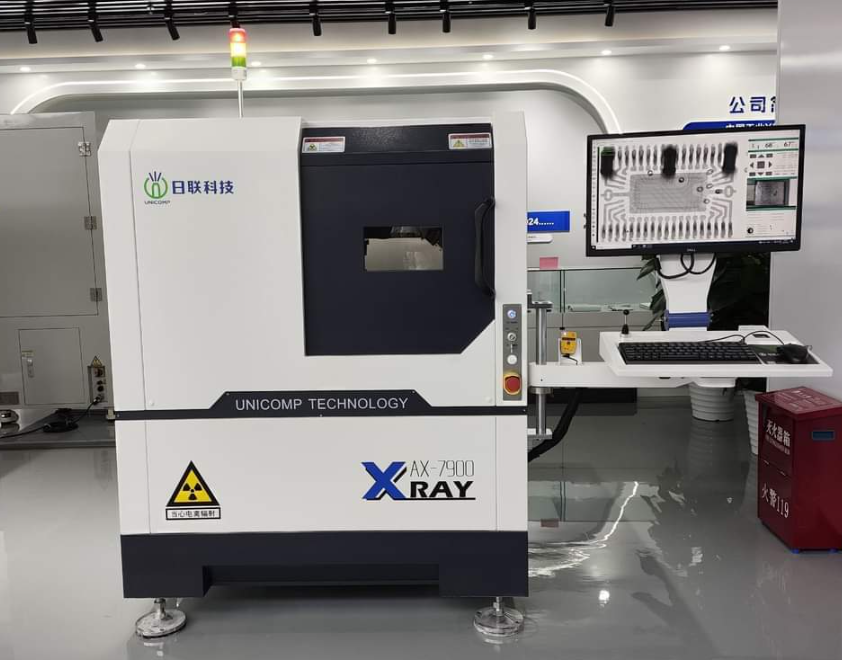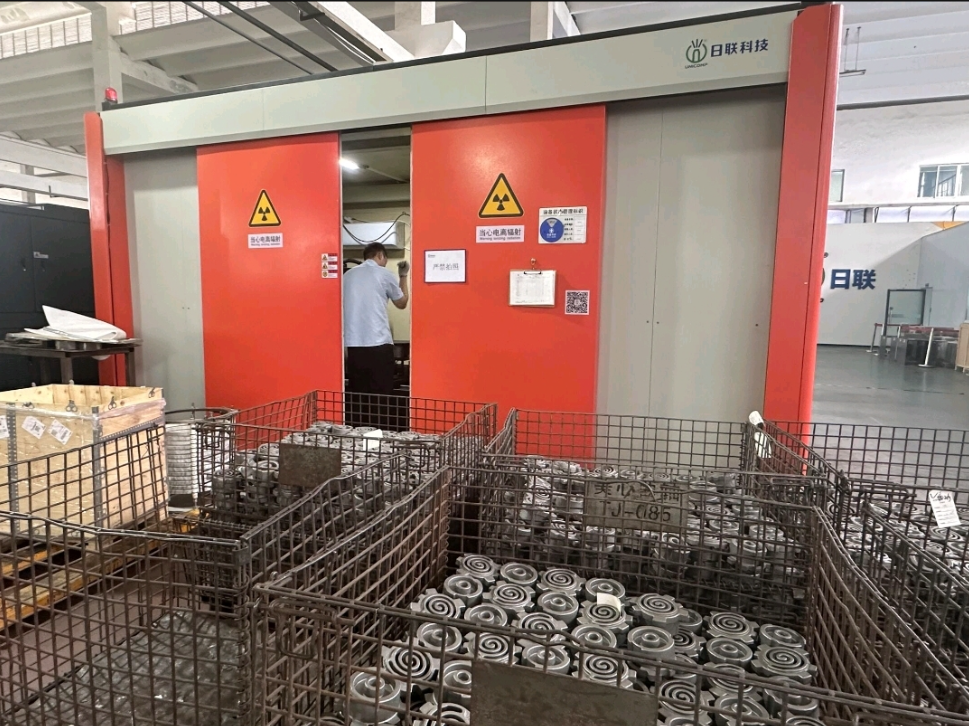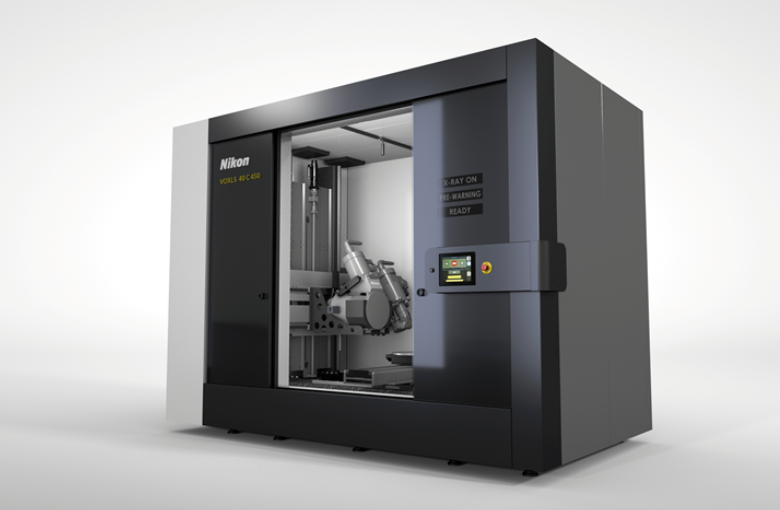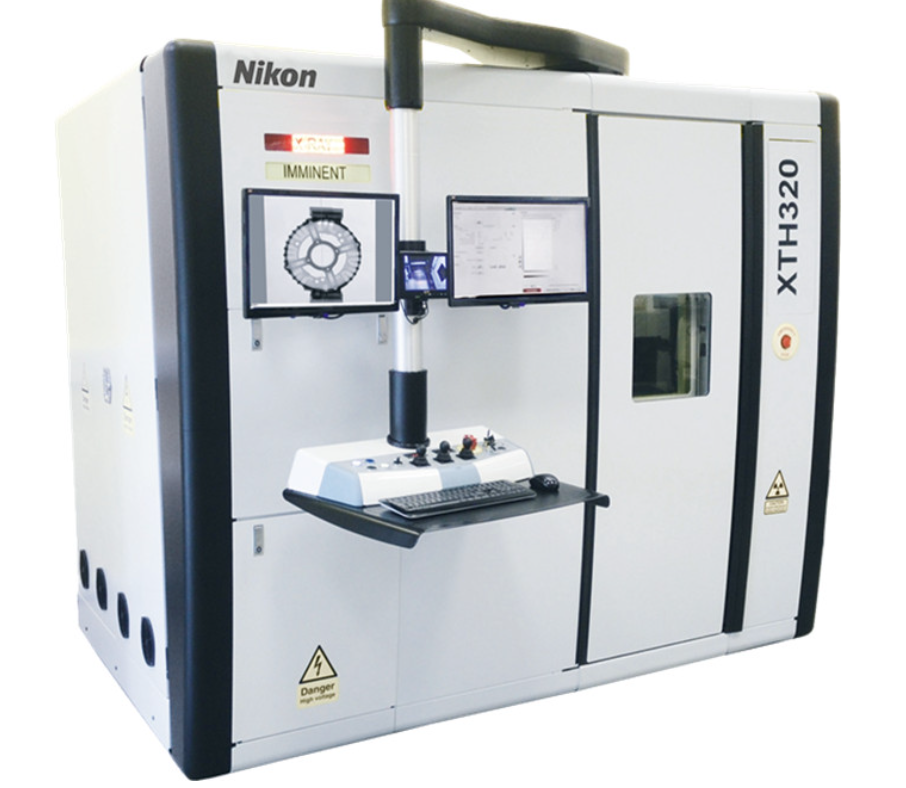Measuring parts that are very close to tolerance is relatively easy. When the features and tolerances to be measured are where you expect them, your measurement device can be programmed using the nominal shape.
But in the beginning of a part’s life cycle, early in its design, and during necessary iterations until the tool or mold and the production parameters are perfected, that’s often not the case.
That’s common for 3dprinted parts due to the complexity of the new process. It frequently happens with plastic injection molded parts as the mold is hardly ever right the first time, to name just 2 examples.
These same problems can occur with flexible or soft parts, and parts that have already been in use, or are at the end of their lifecycle—as in the case of reclamations or simply analyzing part behavior over time. It even happens when measuring on simulation results that can be quite far off the nominal shape.
It is much easier to measure such parts using dense-data acquisition solutions such as Computed Tomography or optical scanners. With these technologies, the particular feature being measured is not taken into consideration alone–instead the entire part gets measured. This means that while the features and areas for GD&T tolerancing that are to be qualified are always in the dataset, you may not know where they are located exactly in space.
Today those challenges are addressed—at least if you are expecting them—by one, using the scan of the deformed part itself for programming the measurements, and hoping that the other parts will be deformed very similarly. This, however, causes an almost complete reprogramming of the measurement routines involved, or at least a lot of manual rework in the problem areas. A second option is using local coordinate systems to reference the zones that might be of trouble with areas that will be stable and close enough to the problem. This can be done by using datums or just individual coordinate systems, depending on the importance of the feature or tolerance.
This procedure needs a lot of expertise and takes some extra time and thinking, but is considered state of the art.
Both methods to address the challenges of warped parts—measuring on the scan itself or using many coordinate systems and local alignments—are costly and time-and-labor intensive. And you may still end up with measurement results that are not as stable and reliable as desired.
However, a new adaptive measurement template addresses this basic problem of metrology at either the beginning or the end of a lifecycle, especially in the case of plastic injection molded parts or additive manufactured products.
While the historical method with non-stable features uses a single coordinate system (or even stages of them), the adaptive measurement template creates an indefinite number of coordinates in space. Any measurement point can get a movement assigned, which points to the actual position in the measurement where its corresponding location for the measurement really is. Even if the geometry is bent, moved or scaled in one direction or axis, it can also be twisted and deformed in 6 degrees of freedom.

With this new template, thin sealing surfaces will be found as reliably as features that have expanded beyond their size tolerance or greater than the extent of the wall thickness.
Geometries also do not get confused by features that belong to another wall, i.e., where the normal seems right, but the wall may in fact belong to a different feature.
The total coverage of measuring points also improves greatly, as the search area is not restricted, as with historic solutions, to a search vector or search cone.
Search vectors will provide only partial coverage of measurement in cases where the part is deformed, as at the furthest extent of the measurement point grid, a few rows may fall into thin air, where others may grab information of territory not belonging to the feature.
Summary:
The adaptive measurement template is a truly novel method for minimizing measurement cost using dense-data acquisition, enabling a manufacturer to employ a single measurement methodology that can significantly improve accuracy and ease-of-use.
The benefits include:
 Measuring more accurately by identifying the best measurement points
Measuring more accurately by identifying the best measurement points
 Measuring faster by reducing measurement-program complexity and using one template only
Measuring faster by reducing measurement-program complexity and using one template only
Taking full advantage of the CAD model, especially  when working with PMI data
when working with PMI data
 Enabling successful adoption of Industry 4.0 by using a single, digital definition of the tolerance needs of a part
Enabling successful adoption of Industry 4.0 by using a single, digital definition of the tolerance needs of a part


